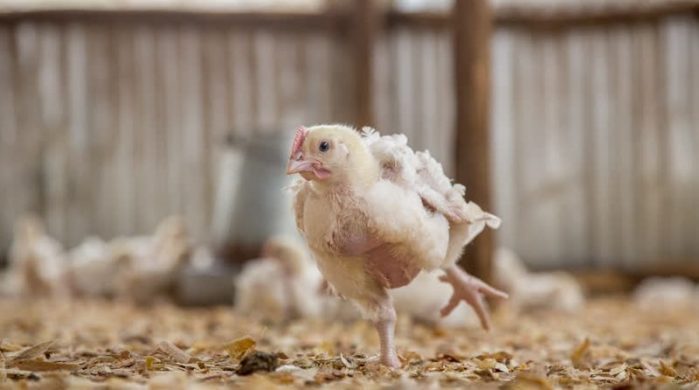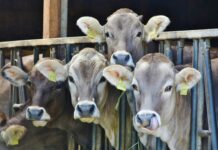By Nita Karume,
Many people will venture into poultry farming with a view to make money from selling eggs as well as the chicken meat. Unfortunately, research has proven that some of the farming practices often ending up doing more harm than good to the chicken, and the farmers end up incurring losses.
One such instance is the practice of rearing of an average of 30 chicken in chicken coups which are dark inside and cramped for space. Most farmers see this as a means to save on space, especially if you’re living in the urban areas or on rental property. The small space is often presumed to be enough for the brood which increases every few weeks to an extent of forcing the farmer to sell off adult chickens to create space for the hatchlings.
This often brings about other complications as well most of which the farmer is rather oblivious to. For instance the cramped living space is not good for the breeding of the chicken such that they fail to produce to the maximum expected amount. There are also cases where diseases have wiped out nearly all of the chicken. This has thus resulted in optimal profits for most of these farmers since their chicken rearing methods depress production.
Dr Victor Yamo, a veterinarian and poultry specialist at World Animal Protection says that there are fundamental practices that every poultry farmer needs to adopt in order to realize better production. That is, whether the chicken is a broiler, a layer or kienyeji. Furthermore, for farmers to optimize their production they ought to strive to ensure the chicken’s fundamental needs are met.
Moreover, thanks to progress in genetic selection and breeding, the poultry industry has been able to reduce the time it takes to get broilers to market weight (2kg) from eight weeks (1978) to six weeks (1990s) to five weeks (2005). According to Dr Yamo, to record this productivity, farmers must provide broilers with quality feeds and clean water. It does not help that broilers are fed on a two-stage diet starting with Broiler Starter followed by Broiler Finisher. Ideally, the feeds should be clean and supplied in clean equipment.
Also unknown to most farmers, improperly stored feeds get contaminated by bacteria and grow mould. This then infect the birds leading to depressed production. It has also been proven that some of the disease-causing organisms that contaminate feeds when ingested will remain on the chicken meat or be passed into the eggs, ending up in the consumer’s plate and leading to disease outbreaks in humans.
On the other hand, fast growth rate of chickens has been shown to cause lameness in heavy birds, as the bird’s legs simply fail to carry the body weight. Such chickens also suffer from Sudden Death Syndrome (SDS). This is more or less equivalent to an acute heart attack in humans. This has led the poultry breeders to start considering producing slower growing birds to reduce such losses.
There should also be proper housing to curb overcrowding. A proper chicken shed should provide adequate room for the birds to move around, provide adequate ventilation and sufficient natural light while protecting the chicken from elements of climate and predators. Overcrowding causes discomfort which in turn increases the animal’s stress levels. These conditions will definitely result in low production, predisposing the chickens to disease
There is also risk of pecking and cannibalism by extension if insufficient space goes unchecked. The floor of a chicken house should be covered with at least six inches of good quality litter that is clean and dry. Overstocking of the same can lead to fast wetting of the litter and accumulation of ammonia from the chicken droppings.
Instanced of distress, disease and injury are often brought about by poor management. Overstocking the flock in a poorly ventilated unit with poor hygiene is will only worsen the situation. Farmers should instead work with the local animal health service provider to institute a flock health management system on their farms.
Critical aspects of such a program include proper hygiene, for example, cleaning the feeders and drinkers daily, proper poultry house clean-out and disinfection, improved bio-security system and regular vaccination to prevent diseases. Cases of an outbreak should be reported to the nearest veterinary office for them to make a diagnosis and advice on the effective treatment regime.
It is important to ensure chickens are vaccinated against Newcastle, Gumboro and infectious bronchitis for broilers, while layers should be vaccinated against fowl pox, fowl typhoid and fowl cholera in addition to the three broiler vaccinations.
The bottom line, really, is that an environment that is as natural as possible puts chickens at ease. It boosts their production of eggs and meat. It is also important that farm work does not cause any fear or distress to the birds.








